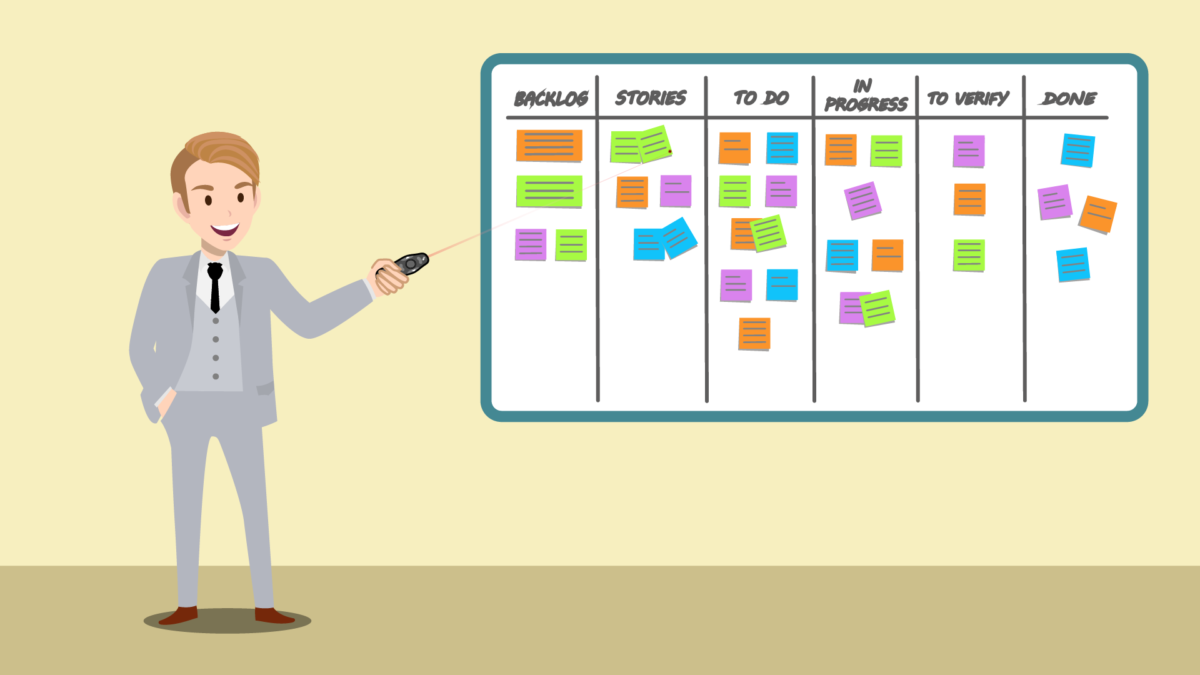According to data and analyses, Working software is the prior measure of progress, and the agile processes boost sustainable development as well. The developers, sponsors and users should be competent to hold a stable rate indefinitely. Plus, Constant attention to technological superiority and pleasing design enhances agility.
Do you know agile and Scrum are different and how they should be different from traditional project management methods?
Let’s snoop into this; one of the most typical misconceptions about Scrum is that it is synonymous with agile. Agile is an umbrella term that directs to a family of techniques with common values and principles. Scrum is a commonly used agile framework that proposes suggestions for how work can be systematised to maximise worth to the end-user.
While Scrum is executed at a product development team level, agile focuses on the whole organisation, including its leadership and company culture. Both are fairly easy to start down the route but challenging to ace.
Differences in agile and traditional project management approaches?
The product creation undergoes a waterfall strategy. The challenge with the waterfall methodology is its stress on having a fixed budget, scope, and schedule. Once the project nears fruition, it can pressure your development team to participate in death marches that demand them work nights and weekends, ushering to major employee burnout. They have acquired little to no feedback from the end-user, and you now have an outcome that no longer matches the user’s existing needs.
Major modifications to requirements demand you restart the complete waterfall process again or drop the project thoroughly. This constructs extreme waste of time and money and can have a negative impact on the enthusiasm of your employees, who may be greatly invested in the triumph of the project they just finalized.
DADV
The waterfall methodology works on this:
Define
Assemble
Discharge
Value
All work executed in Scrum demands a firm basis of significance for the team’s strategy and guides.. With its stress on teamwork and continuous progress, Scrum assembles those values and relies on them. Moreover, these values complement the agile values.
- Commitment. As we have significant control over our destiny, we become more determined to succeed.
- Focus. Because we concentrate on only a few things at a time, we work well jointly and produce incredible work. We supply valuable items sooner.
- Openness. We rehearse, expressing how we’re doing and what’s in our way as we work together. We understand that it is exemplary to convey concerns to be addressed.
- Respect. As we work together, sharing triumphs and failures, we come to respect each other and help each other become deserving of respect.
- Courage. Because we are not alone, we feel invested and have more resources at our dumping. This gives us the courage to embark on greater challenges.
The other agile concepts suggest here Scrum can be a terrific introduction to the world of agile. It’s a lightweight framework that has periodic rules. Teams can consume years trying to master Scrum, and success can only happen if you glance at Scrum as part of a longer voyage towards agility. To make working with Scrum a more pleasant experience, you can bring in other agile concepts such as building grade in (lean), pair programming (extreme programming) or even altering work in progress. And other agile concepts focus on a bigger picture that needs to be addressed outside of transitioning teams to Scrum. This comprises incorporating agility into product management.



